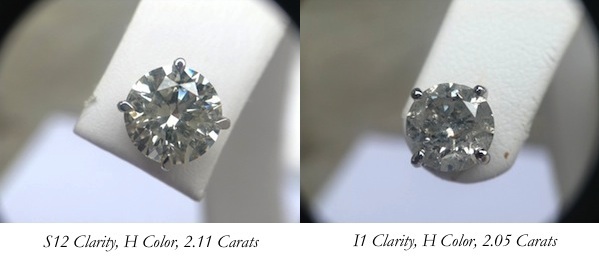
I had the fun privilege of helping my friend pick out a special Christmas gift for his wife – diamond stud earrings. We had a day of bedazzlement and Jewel Snob education with my lifelong friend, diamond dealer Alice Tsai. And now we’ve learned more about the 4C’s of diamonds – cut, carat, clarity, and color. The cut and the carat are easy to see with no education or magnification at all, but let’s go through them quickly (with such pricey investment pieces, you want to know every last detail!). The carat is the weight of the diamond or basically how big it is. One and a half carats is 7.5mm, which is approximately the size of a pencil eraser. You want to be above whole numbers, so 1.2 instead of .98, or 2.1 instead of 1.85 carats, etc. This may sound unimportant, but once you hit a whole number in carats, the value goes up substantially. Plus, you want to be covered in case you chip your diamond (not likely, but yes, it can happen – even to the hardest material on earth). It can be recut and still maintain a whole number, which means don’t buy an exact carat, go up to 1.2.
The cut is the shape the diamond is cut into. Brilliant (the classic round shape) is the most valuable, but the most popular are the square Princess, the Oval, the Marquis (a pointier oval shape), the Cushion (a square with rounded corners), the Emerald (rectangular with faceted steps along the edges and a big open “table” aka the surface of the diamond), and the Assher (similar to the Emerald but square with steeper faceted steps and a smaller table). The cut is based on how to showcase the diamond in the best light (or rather how well the diamond will capture light). The Emerald and Assher are very unforgiving, meaning that the clarity has to be great to be given that cut. These two also show dirt the most, so unless you’re vigilant about cleaning your diamond every day, these are not the cuts for you.
Color is something you would expect to be able to see with the naked eye. Obviously, you can tell a yellow diamond from a white diamond, but when you get into the different grades of white diamond, it can get tricky. The way to see color is by turning the diamond upside down and placing it on a white tray (which can be made using a folded up white business card). This way you aren’t distracted by the light reflecting from all facets and can see the actual stone. When comparing different diamonds on the same tray, it becomes very obvious which is whiter. Grades D, E, and F (determined by certified GIA gemologists) are considered colorless and appear completely clear. Then you get to the near colorless diamonds, G, H, I, J, and this is where it starts to become a bit more subjective. G and H have very slight hints of warmth. I has an even warmer tinge, and G has definite brown in it. If you want to set your diamond in platinum or white gold, make sure the diamond is colorless or near colorless. The rule of thumb is to choose better color than clarity because this is something that’s automatically noticeable. Of course, there are limits to this as well, and that’s when we get to clarity.
The top photo shows 2 diamonds with different grades, SI2 and I1. I specifically chose diamonds that are not flawless to show that inclusions (the materials trapped inside diamonds during their formation) are detectable. To see clarity you need a loop, which is a special magnifying glass that jewelers view gemstones through. To use this, put the loop 1 inch from your eye, then move the diamond until it’s in focus. If you want to take photos of diamonds up close, like the ones I took above, put the loop in front of your camera lens, and move the diamond back and forth to focus. This is a nice way to take a good look on the screen without having to squint and tire your eyes out. The grades for clarity are FL or IF for flawless or internally flawless, then VVS (very very slight inclusion), VS (very slight inclusion), SI (slight inclusion), or I (inclusions visible without a loop). The presence of inclusions affects the brilliance of a diamond because all of the sparkles you see are reflections of light as it hits the facets inside of the diamond. When the light hits one of these black inclusions, it won’t reflect back, so the more inclusions there are, the less sparkly your diamond is.
You can see all the black specks in the I1 diamond. The entire stone is dull and appears almost grayish as a result, even though both of these diamonds are near colorless H in grade. The SI still has inclusions, but you have to have educated scrutiny to detect them. You can see that overall the diamond is more brilliant and sparkly. This is considered to be an exceptional grade and offers resale value and affordability for someone who wants a beautiful diamond. When you get into the flawless, colorless arena, though, it’s rarely for the average person looking for an engagement ring or earrings. These are bought by seriously knowledgeable collectors willing to pay a substantial premium. The SI2 2.11 carat diamond above is around $15,000 wholesale and the I1 2.05 carat is $7,000 wholesale. But a 2 carat flawless and colorless diamond is a whopping $100,000.
The decision always comes down to price, so here are basic guidelines to help you stay in your range. Consider the C’s in this order: carat, color, clarity, then cut. If you’re considering a choice between clarity of SI1 vs SI2, go for the better color. And if you’re choosing between colors G and H, or I and J, then go for the bigger size. The truth is that we all want the largest rock possible, but you don’t want to lose too much clarity to get a larger diamond because that bigger stone will just show the inclusions even more. Same goes with color. Another consideration to make is the cut. A Princess cut diamond can be a smart choice because it has a larger table and will make your diamond appear larger, even though these are generally less expensive. The brilliant cut is the most valuable but also the priciest, so if having the classic round shape isn’t important to you, don’t pay for the round cut. The engagement ring is of course the most important diamond in your life so that has to be your treasure, so spend all your money on that and save on the C’s when it comes to earrings and pendants.
If you still have questions, feel free to contact Alice. She’s a wealth of information and will make the entire process easy and fun. Alice is located in the LA area, but I’ve referred her to friends all over the country. She goes directly to the dealers in Antwerp (the diamond capital of the world) and will sell to you at wholesale prices if you tell her I sent you!



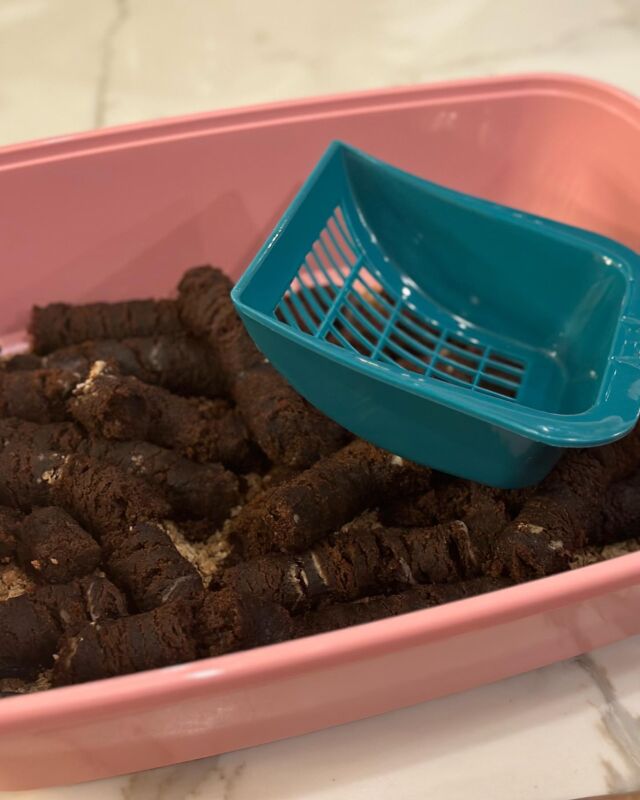


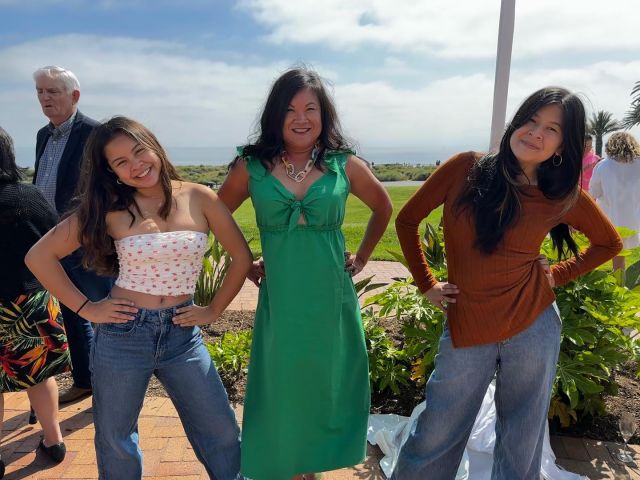
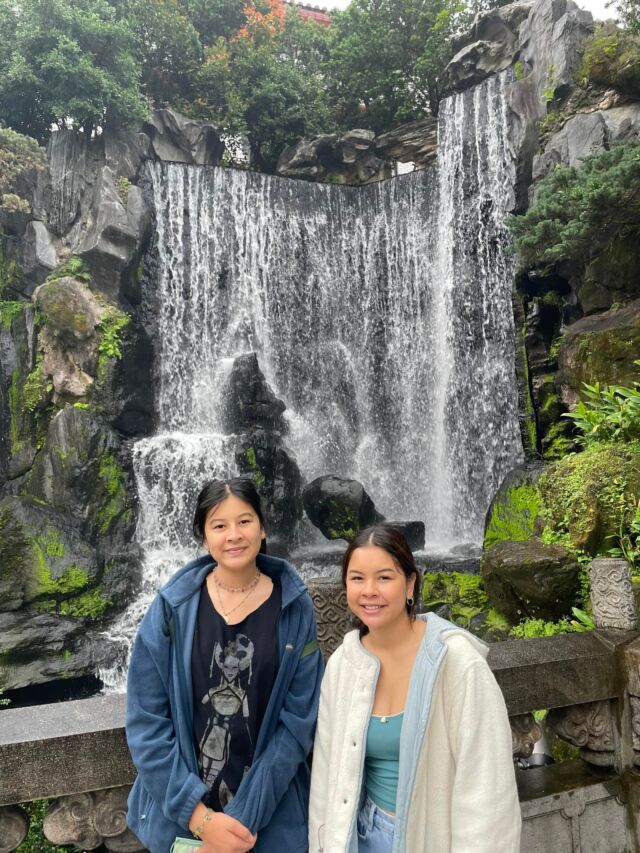
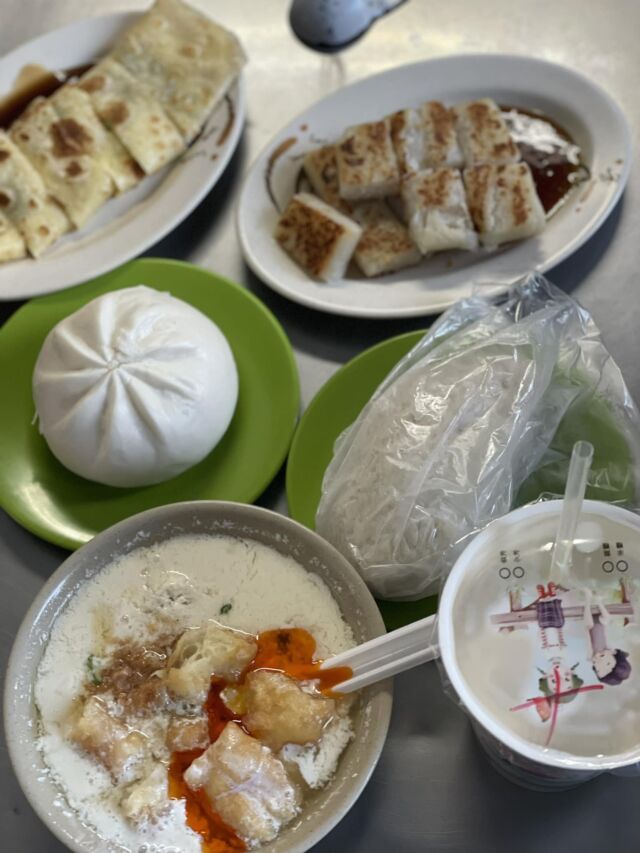
Thanks so much Kelly! It was most informative and such a great read.
Now I can understand 4’s Cs clearly.
Thanks